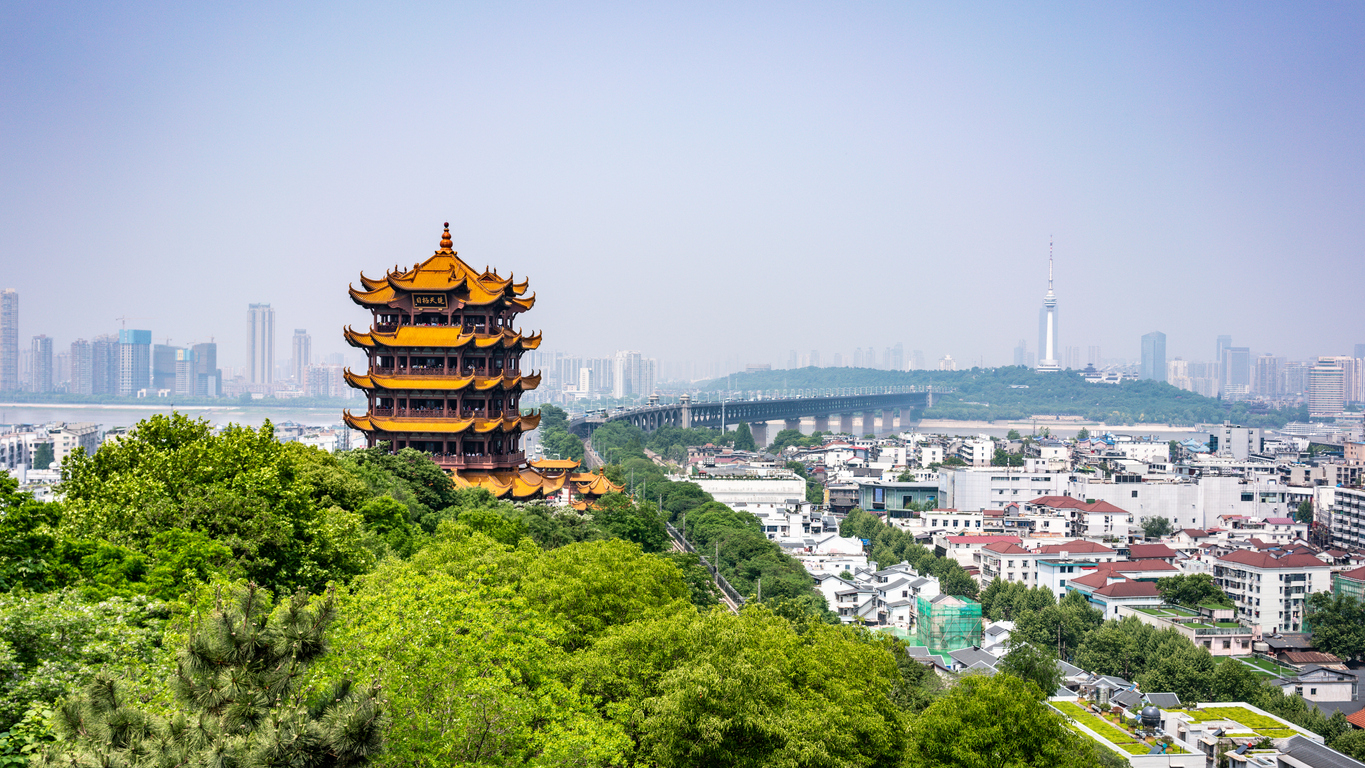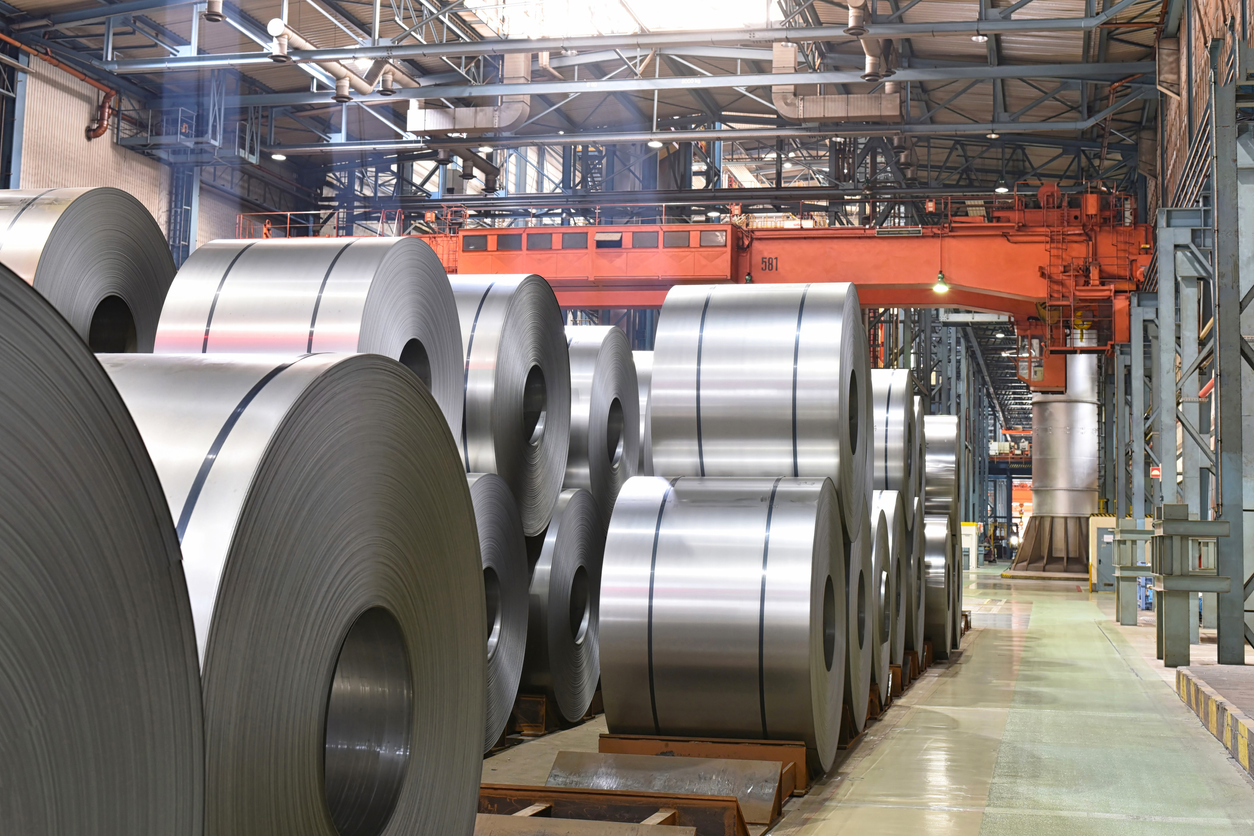By: Michele Wood
In 2003, SARS, or “Severe Acute Respiratory Syndrome,” wreaked havoc in Asia and around the world, sickening 8,000 and killing 774. In its wake, it also cost the global economy around $40 billion. At the time, China suffered greatly, but soon recovered with almost no long term negative economic effects.
There are many reasons to compare the SARS epidemic to the recent outbreak of COVID-19, or coronavirus. Both are respiratory illnesses, spread through airborne contact with someone infected. Both originated in China. Coronavirus is less lethal but more contagious, making it responsible for more deaths already than SARS claimed in total.
There are differences in the economy today as well. In 2003, China was 4% of global GDP. Today it accounts for 16%. China is the world’s second biggest importer after the United States and is of course the largest exporter of goods.
So far, the effects have not been felt acutely by most Americans. Global stock markets were higher in early February than in January, showing investor optimism in the recovery, but tumbled on Monday the 24th by 1,000 points and again on Tuesday after reports of more contagion in Egypt, Italy and the US. Most effects have been seen in China. Coal consumption in China is down by a third over the same time last year. Property sales on the mainland are down 90%. Trains that usually take 200 million people back to work after the Lunar New Year holiday break have been nearly empty. Starbucks has shut down half of its 4,000 cafes in China.
Unfortunately, there is not enough historical precedence to predict the true economic impact as the extent of the global supply chain is too recent a phenomenon. The web of parts, labor, assemblage and consumer delivery is so interconnected that many firms cannot trace their supply chains, making it impossible to truly predict the impact of work stoppages and material shortages. It is unlikely that there is a single product that Americans use that does not contain at least one component that has touched Chinese soil.

While 99% of the confirmed cases are in China, on February 12th the Centers for Disease Control (CDC) said that America should be prepared for the virus “to gain a foothold” in the country. Hubei, the province of origin for the disease, and Wuhan, its capital, has a higher GDP than Poland. It has been almost entirely sealed off from the rest of the country since late January. Businesses had been scheduled to reopen on February 21st, but that has now been pushed back to March 10th. Morgan Stanley has estimated that production in Hubei may only reach 60 to 80% of normal levels by the end of February.
Apple, which makes more money in China than any other American company (indeed, more than the global sales of Nike or United Airlines), announced on February 17th that it would miss its revenue guidance for the quarter. Shares dropped 2% following the announcement. This week, MasterCard and United Airlines both announced that the shutdowns have adversely affected their businesses.
Many global firms rely on “just in time” stock deliveries, so they don’t have backup inventories ready to meet customer and supply chain demand. This makes them vulnerable to interruptions, especially as an extended crisis such as an outbreak cripples production and can have ripple effects that will be felt for months–long after the disease has been contained and its name has faded from the headlines.

Because factories are shuttered or barely open, manufacturers are unable to accept or pay for deliveries that are arriving per contract orders. In response, many Chinese suppliers are starting to declare “force majeure,” a legal concept allowing the breaking of a contract due to unforeseen and uncontrollable circumstances. In mid-February, an official trade body in China reported that it has already issued 1,600 force majeure certificates, covering contracts worth over $15 billion. At the beginning of the month, CNOOC, a Chinese state-run oil company invoked FM to refuse accepting a shipment of LNG from Royal Dutch Shell and Total. RDS rejected the claim, which escalates the potential for legal battles to come.
There is growing fear that not only will money be lost on the individual shipments, but that Chinese firms are using the FM tool to renegotiate trading terms that will be more favorable even after the outbreak is no longer a threat. Because of global interconnectivity, these new terms will be felt throughout global supply chains and product pricing.
To date, the impact on the real estate market has been minimal, if measurable at all. Mortgage interest rates have dropped 9 basis points to 3.45%, and US markets with high Chinese tourism such as San Francisco, Los Angeles and New York are likely to see a reduction in retail sales and hotel revenues. The spread is expected to peak in mid to late March, but lingering fear will dampen travel for longer. China is the largest foreign consumer of US travel services, including airlines and hotels, but this is only 0.16% of the US GDP and Chinese nationals are only 4% of the international travelers to the US.
The property sector most likely to be impacted systemically across the country is the industrial market. Wuhan is China’s manufacturing center for companies such as GM, Honda, Nissan, IBM, Walmart and Honeywell. Fifty-five percent of the factories have reopened, but many manned only by skeleton crews—with as few as 5% of workers showing up.

Steel shipments are down, which may please American steel manufacturers, but will lead to higher construction costs. Slowed warehouse activity at centers of import (particularly coastal port cities) and manufacturing centers in the South brings layoffs of contract and part-time workers, which affects all aspects of the economies in those locales.
Longer term impacts seem unlikely at this point, especially impacts that can be quantifiably attributed to the virus outbreak. Strong first-world economies will weather and rebound faster than emerging market areas. Unless this outbreak turns out to not be the black swan event we hope it is, this may be the wake-up call that is needed to better diversify supply chain options and improve disease management across the connected globe. The Year of the Rat has much to teach us about pestilence and our vulnerability to it.
“If economists have a bias, it is to focus on things that are measurable and quantifiable. The Covid-19 outbreak brings many risks that are not.” –The Economist, Feb. 15, 2020 p. 11
